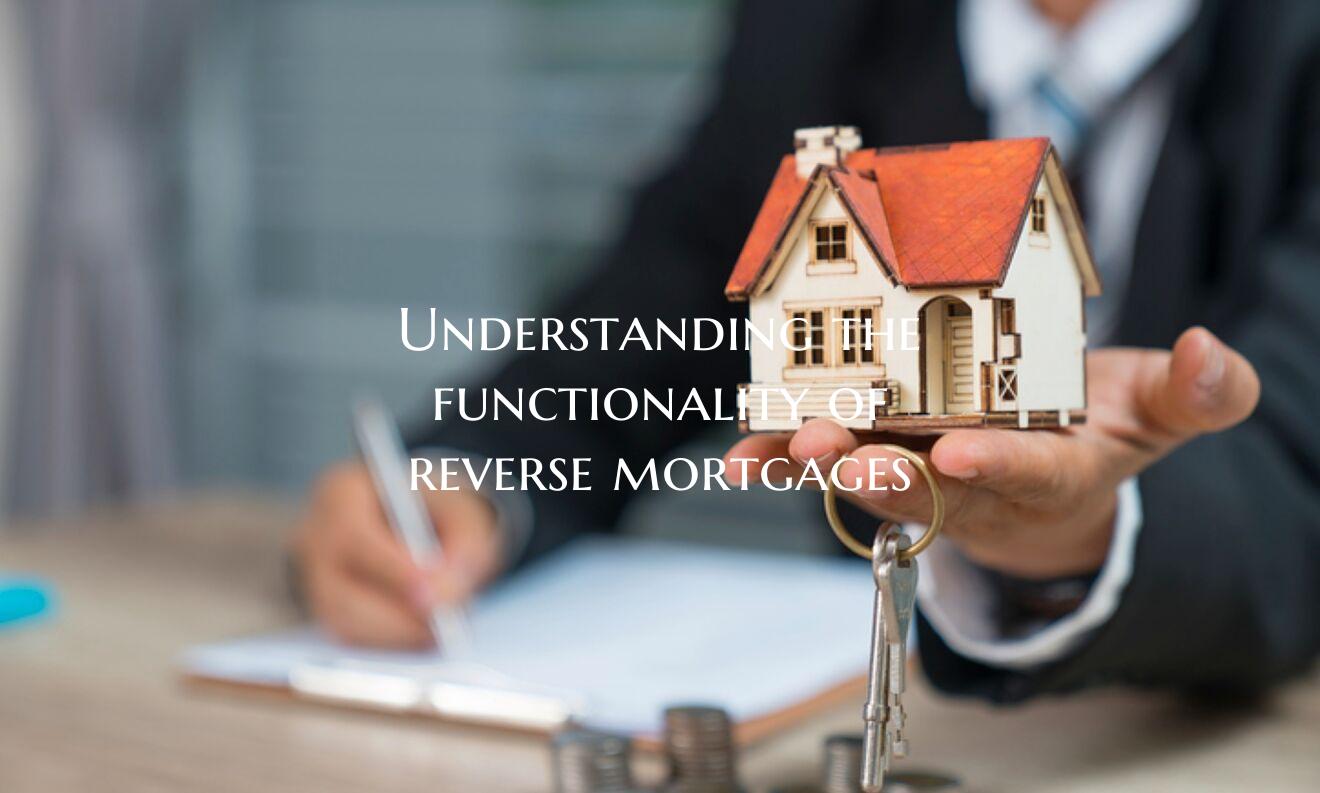Understanding the functionality of reverse mortgages

Reverse mortgages can be a valuable financial tool for individuals looking to tap into their home equity without selling their property or taking on additional monthly payments. Understanding the functionality of reverse mortgages is essential for anyone considering this option.
At its core, a reverse mortgage is a loan that allows homeowners aged 62 and older to convert part of their home equity into cash. Unlike traditional mortgages where the borrower makes monthly payments to the lender, with a reverse mortgage, the lender makes payments to the borrower.
One key feature of a reverse mortgage is that the borrower retains ownership of the home and continues to live there while receiving funds from the lender. The loan is typically repaid when the borrower moves out, sells the home, or passes away. At that point, the loan balance, including accrued interest and fees, is due.
It's important to note that reverse mortgages have eligibility requirements and considerations to keep in mind. These may include the condition of the home, the borrower's financial situation, and meeting with a HUD-approved counselor to ensure a full understanding of the terms and implications.
Before considering a reverse mortgage, it's crucial to fully grasp how they work, including the various types available and the potential benefits and drawbacks. Working with a reputable lender and financial advisor can help individuals make informed decisions about whether a reverse mortgage is the right choice for their specific financial goals and circumstances.
In conclusion, understanding the functionality of reverse mortgages involves knowing how they work, the responsibilities and obligations involved, and the impact on homeowners and their heirs. By educating yourself on the intricacies of reverse mortgages, you can make confident and informed decisions about leveraging this financial tool for your benefit.
